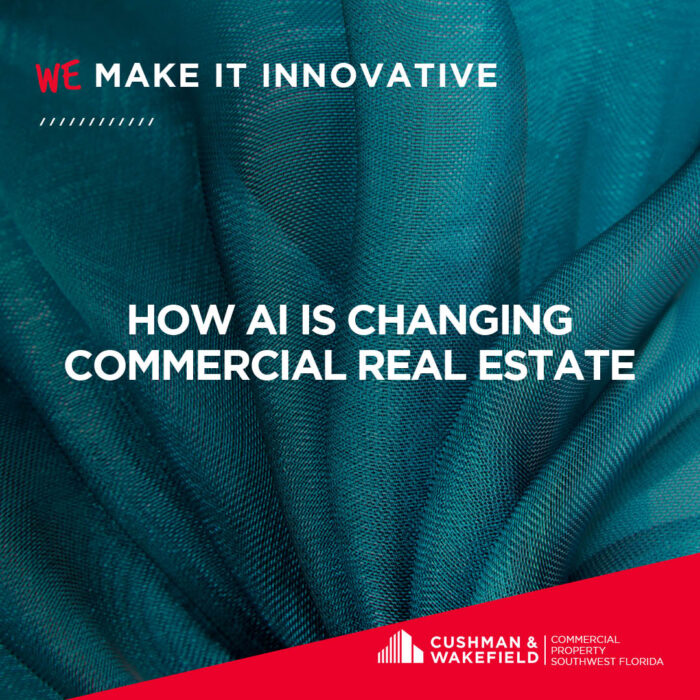Double Impact: CPSWFL Wins Consecutive CoStar Awards for Southwest Florida’s Economic Expansion with Lansing Building Products
The headlines in early 2024 were eye-opening for many: “Southwest Florida Braces for Population Surge as Lee County Nears One Million Residents.” This forecast stemmed from a January report by the University of Florida’s Bureau of Economic and Business Research (BEBR). The data projected that Lee, Collier, and Charlotte counties would witness some of Florida’s […]







